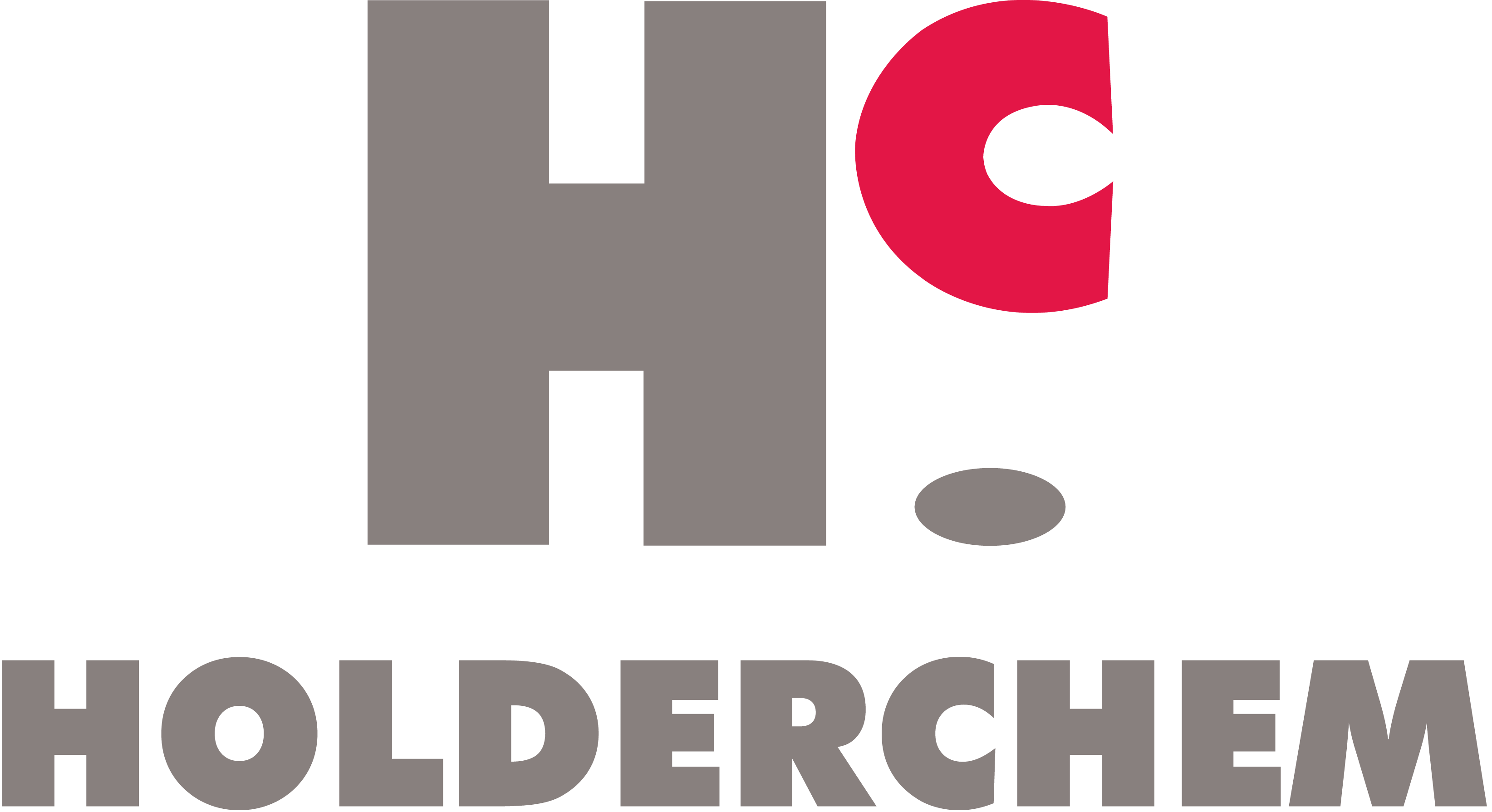
Admixtures for Reducing Alkali Silica Reactivity
Alkali-silica reactivity (ASR) is a reaction that occurs in concrete between soluble alkalis in the cement paste and reactive silica present in certain types of aggregates. It results in the formation of a water-absorptive gel that expands and fractures the concrete. The reaction occurring over time is typically slow and dependent on the total amount of alkali present in the concrete, the reactivity of the aggregates, and moisture content.
The pattern of concrete deterioration is best described by the following mechanism:
- The alkaline solution attacks the siliceous aggregates creating an alkali silicate gel.
- The consumption of the alkali by the reaction leads to calcium ion dissolution into the water and penetration of the cement pores, reacting with the gel to produce hard calcium silicate hydrate.
- Siliceous minerals absorb the alkaline solution, yielding a bulky alkali silicate gel that results in expansive pressure stored in the aggregates.
- Upon the expansive pressure exceeding tolerance of aggregates, the cement paste surrounding the aggregates and the aggregates crack.
The use of the following materials can mitigate the occurrence of ASR in concrete:
- Low-alkali cement.
- Sufficient amounts of pozzolans such as silica fume, fly ash, metakaolin, or ground granulated blast-furnace slag.
- Non-reactive aggregates.
- Lithium-based additives.
The following are some relevant ASTM standard tests intended to identify and assess the extent of ASR in concrete:
- ASTM C227 - 10 Standard Test Method for Potential Alkali Reactivity of Cement-Aggregate Combinations (Mortar-Bar Method).
- ASTM C295 / C295M - 11 Standard Guide for Petrographic Examination of Aggregates for Concrete.
- ASTM C1260 - 07 Standard Test Method for Potential Alkali Reactivity of Aggregates (Mortar-Bar Method).
- ASTM C1293 - 08b Standard Test Method for Determination of Length Change of Concrete Due to Alkali-Silica Reaction.
- ASTM C856 - 11 Standard Practice for Petrographic Examination of Hardened Concrete.
- ASTM C1567 - 11 Standard Test Method for Determining the Potential Alkali-Silica Reactivity of Combinations of Cementitious Materials and Aggregate (Accelerated Mortar-Bar Method).
Statement of Responsibility: The information and application advice contained in this document are based on the present state of scientific and practical knowledge of Holderchem SAL. It is provided with no warranty, implied or otherwise, as to its completeness or accuracy. Since methods and conditions of application and use are beyond the control of Holderchem, HOLDERCHEM MAKES NO WARRANTIES, IMPLIED OR OTHERWISE, AS TO THE MERCHANTABILITY OR FITNESS FOR ORDINARY OR PARTICULAR PURPOSES OF ITS PRODUCTS AND EXCLUDES THE SAME. Holderchem warrants that its products shall be of sound materials and workmanship. As products are applied, handled and stored in manners and site conditions over which Holderchem has no control, Holderchem's liability in respect of any material which can be proven defective shall be limited to the replacement of such defective material or reimbursement of its cost at Holderchem's option. Holderchem shall not be liable for any consequential or incidental damage or loss arising out of the use of its products. Important Note: Holderchem shall have the right to modify product specification sheets at any time without previous notice. Buyers should always refer to the most recent data sheets, copies of which can be supplied upon request. The sale of products mentioned in this literature shall be subject to Holderchem's General Conditions of Sale Delivery and Payment.




